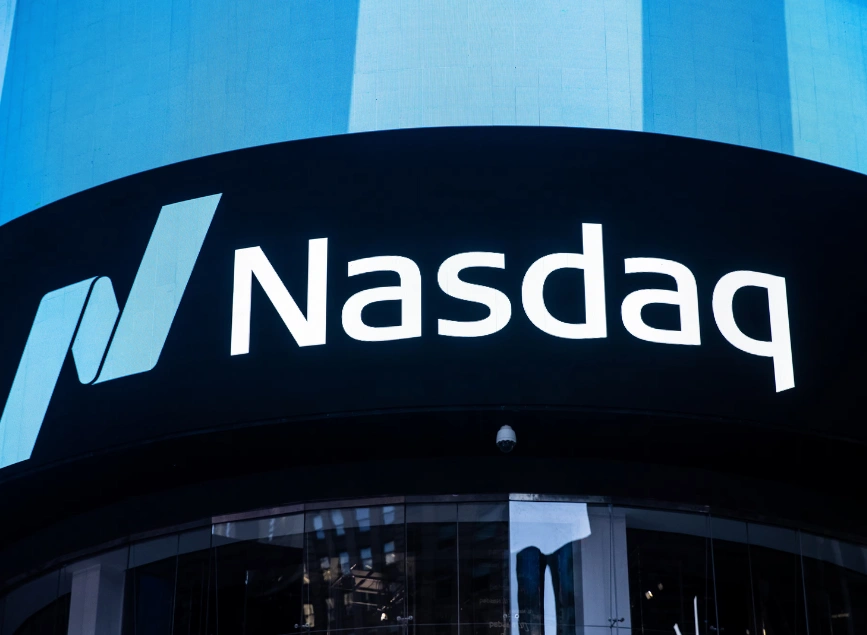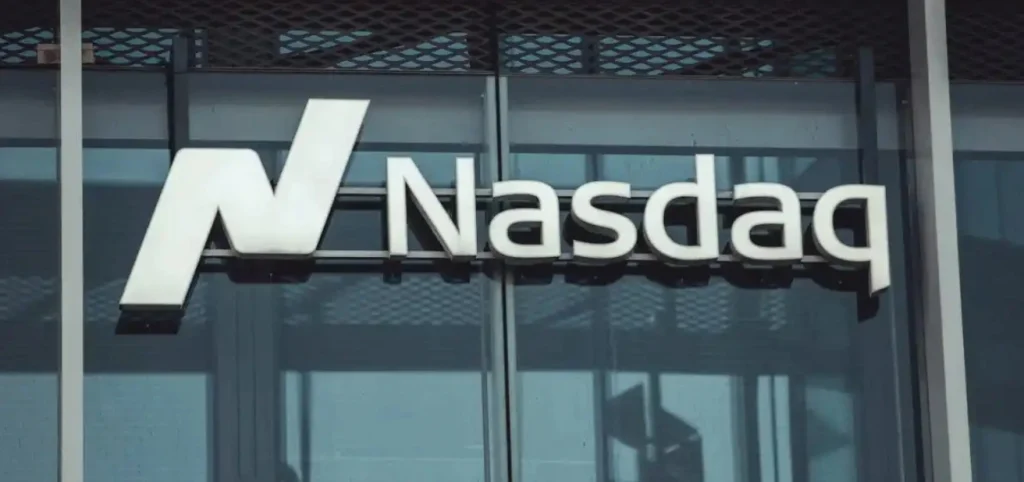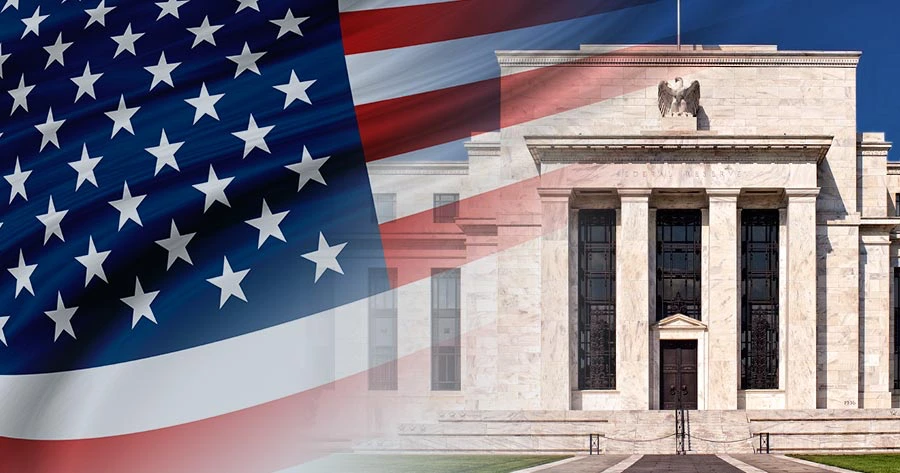
Nasdaq’s Bold Move: A New Era for Digital Asset Trading
Nasdaq is taking a significant step toward integrating digital assets into mainstream finance. With its latest proposal, Nasdaq Rule 5712, the exchange is seeking to modernize its trading and listing regulations, allowing investment interests based on digital assets. This move could reshape the landscape for institutional and retail investors alike.
The Key Highlights of Nasdaq’s Proposal
What Is Nasdaq Rule 5712?
Nasdaq’s proposed rule aims to expand its trading and listing framework to include digital asset-backed investment products. Specifically, it would allow:
- Investment interests tied to digital assets issued by entities that securely hold these assets.
- Commodity-backed investment products derived from cash, derivatives, or other financial instruments.
- Transition of the Hashdex Nasdaq Crypto Index US ETF from its current regulatory framework to the new Rule 5712.
Why These Changes Matter
Strengthening Crypto’s Role in Traditional Markets
As digital assets continue to gain traction, Nasdaq’s proposal could bridge the gap between crypto and traditional investments. By providing a regulated framework, it makes digital assets more accessible to a broader range of investors.
Enhancing Regulatory Clarity
One of the biggest concerns around digital assets has been the lack of clear regulations. Nasdaq’s initiative aligns with U.S. regulatory standards, reducing legal uncertainty and helping build investor confidence.
Competing with Global Crypto-Friendly Exchanges
Other major exchanges, such as CME and NYSE, have already made progress in offering crypto-related investment products. Nasdaq’s move strengthens its position in this space and ensures it remains competitive in the evolving digital asset market.
Market Impact: What to Expect
Increased Liquidity and Trading Volume
By integrating digital asset-backed products, Nasdaq could attract more investors, leading to increased trading volumes and greater market liquidity. This would make it easier for investors to enter and exit positions efficiently.
Potential Surge in Crypto Prices
If institutional investors allocate more capital to digital asset investment funds, demand for major cryptocurrencies such as Bitcoin and Ethereum could rise, potentially driving up prices.
Regulatory Scrutiny and SEC Oversight
Nasdaq’s proposal is likely to draw attention from regulators, particularly the SEC. While this could lead to additional compliance measures, it also signals growing mainstream acceptance of digital assets.

Understanding Digital Asset Investment Funds
What Are Digital Asset Investment Funds?
These funds allow investors to gain exposure to digital assets without directly holding cryptocurrencies. Instead, they invest in crypto-related assets through secure, regulated structures.
Benefits
- Eliminates the need for digital wallets and security management.
- Provides easier access for institutional investors.
- Offers regulated exposure to crypto markets.
Drawbacks
- Management fees may be higher compared to direct crypto ownership.
- Market volatility still affects investment performance.
Why Are These Funds Important?
- They facilitate broader adoption of digital assets by traditional investors.
- They increase liquidity in crypto markets by attracting institutional capital.
- They enable portfolio diversification, adding a new asset class to investment strategies.
The Future of Digital Asset Trading on Nasdaq
Nasdaq’s Rule 5712 could be a major milestone for the digital asset market. By enabling the trading and listing of digital asset-backed investment products, it opens the door for broader adoption, increased liquidity, and greater investor confidence.
Read More: Nasdaq: World’s Leading Electronic Stock Exchange
What Comes Next?
- If approved, institutional investors may increase their exposure to crypto markets, boosting both trading volumes and asset prices.
- Greater regulatory clarity could attract more traditional investors.
- Other exchanges may follow Nasdaq’s lead, intensifying competition in the digital asset space.
Final Thoughts
Nasdaq’s proposal signals a major shift toward integrating digital assets into traditional financial markets. Whether you are an investor, a trader, or a crypto enthusiast, these developments could have long-term implications for the way digital assets are perceived and traded.
The financial landscape is evolving, and Nasdaq is making its move. The question now is how quickly the rest of the market will follow.
Share
Hot topics

Federal Reserve’s Challenges to Trump’s New Policies
As the Federal Reserve Open Market Committee (FOMC) prepares for its upcoming meeting, all eyes are on how the Fed will respond to Donald Trump’s latest economic policies. With the...
Read more




Submit comment
Your email address will not be published. Required fields are marked *